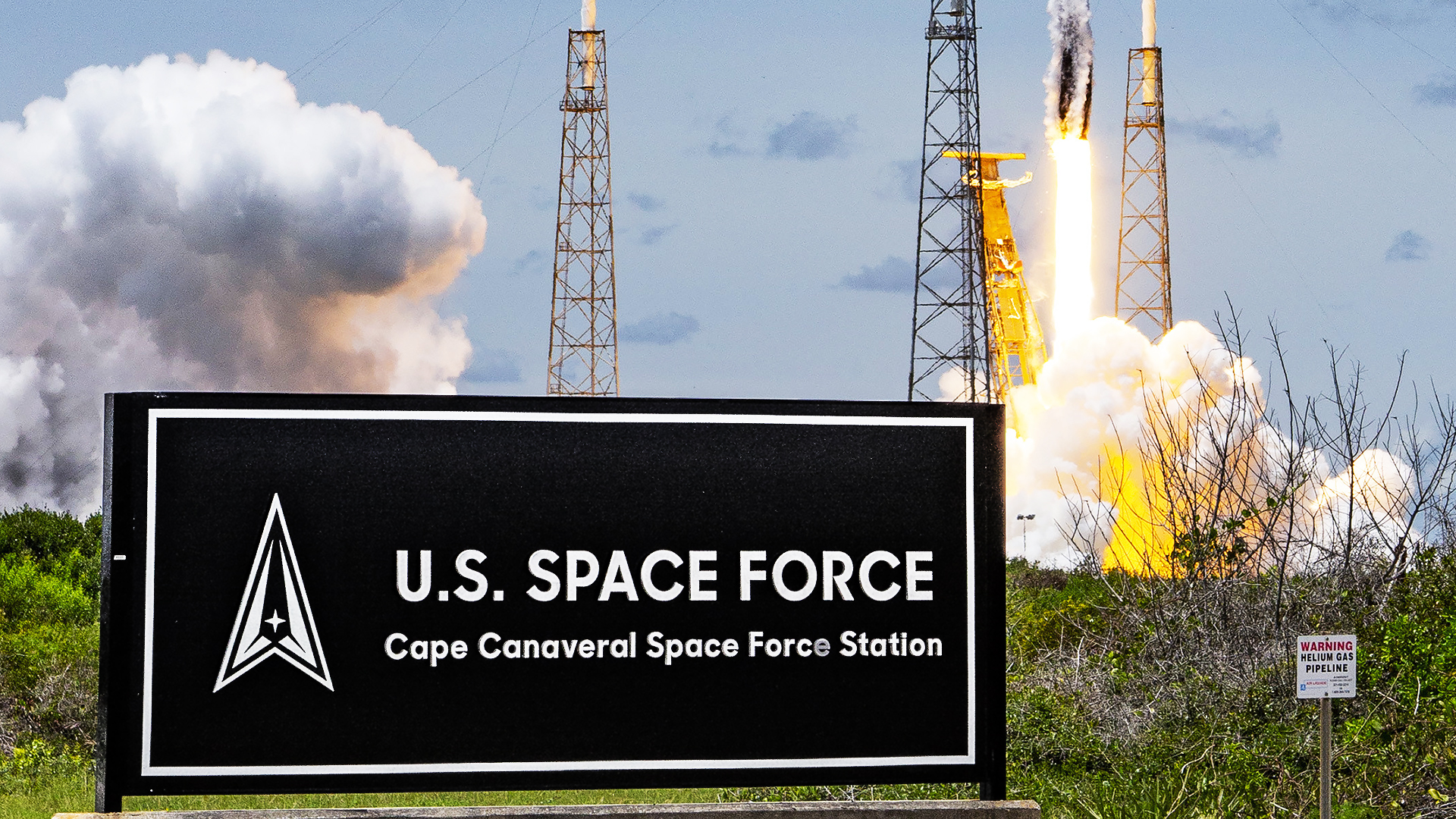Social media is abuzz over what appears to be a looming test launch of some type of undisclosed rocket or weapon system out of Cape Canaveral Space Force Station, which sits to the south of Kennedy Space Center. While we cannot say with absolute certainty what this launch window is for, a test of a hypersonic weapon seems highly likely.
Signs that such a test could come began a couple of days ago, when various hazard warnings were posted. The launch window extended throughout the weekend and into late Monday afternoon. The pattern shown of hazard areas does not seem to match common orbital system launches that are a staple of the region. In addition, no orbital launchers are scheduled. Subsequent Temporary Flight Restrictions (TFRs) that are common for launch operations have been put into place, as well.
The Open Source Intelligence (OSINT) community of social media has been actively watching the area. Two of the Missile Defense Agency’s highly modified Gulfstream jets, which use the callsign HALO, were seen taking up station generally along the hazard area’s path as they normally do to track projectiles and gather other data on missile test launches and intercepts.
There have also been images posted on Twitter showing what appears to be one of the Army’s new Long-Range Hypersonic Weapons (LRHW), also now nicknamed Dark Eagle, launchers erected in its firing position at Cape Canaveral Space Force Station.

A launch of what is among the U.S. military’s most highly anticipated weapon systems, capable of boosting its hypersonic glide vehicle to very high mach numbers over more than 1,725 miles, has been expected soon. The first unit equipped with LRHW has been training with the system — but not live firing it — for many months now at Joint Base Lewis-McChord in Washington state. It is hoped that the missile system would be declared operational this year — a major milestone in what has been an emerging hypersonic weapons race between the U.S. and its two primary near-peer state adversaries, China and Russia.

It’s also worth noting that the Navy’s own Conventional Prompt Strike weapon, which will equip submarines and the service’s Zumwalt class stealth destroyers, has direct commonality with its Army counterpart.
While it appears as if a major test of LRHW/Dark Eagle could come at any time, we have to stress that this could be another system slated to be tested instead, and any test may not happen at all. These are extremely complex, high-stakes evolutions that require many disparate assets to all be in the right place at the right time, and working properly, to execute. Rehearsals are common and delays seem to happen more often than not, some of which can last weeks or even months.
Regardless, whatever is planned to be fired out of the Cape looks to be a pretty big deal. It also comes just a day before the Air Force Association’s Warfare Symposium kicks off tomorrow outside of Denver. If LRHW is successfully tested, or some other weapon, especially in an end-to-end or near end-to-end manner, it would certainly be a top talking point for Air Force and Space Force brass at the conference.
We have reached out to Space Force for any information they can provide as to what exactly is going on with this test. We will report back as soon as we get their response.
UPDATE: 12:21PM EST—
Space Launch Delta 45 has forwarded my inquire to the Office Of Secretary Of Defense. We are still awaiting their reply.
In addition to all the assets and preparations previously listed, an NP-3D ‘Billboard’ telemetry capturing and range-clearing radar plane from VX-30, the Bloodhounds, based at Naval Air Station Point Mugu in Southern California, is also participating in this event. This makes sense especially when it comes to the weapon’s atmospheric flight profile and the possible need for clearing the range of potential hazards. The aircraft was seen operating out of San Juan, Puerto Rico. This makes sense due to its proximity to the impact area.

We also have found further information pointing to this being a test of LRHW in the Department Of Test and Evaluation’s (DOT&E) 2022 annual report. It states, in part, the following under the Conventional Prompt Strike section:
“In June 2022, the Navy conducted the first JFC event, JFC-1, to test a single CPS all-up-round at the Pacific Missile Range Facility. The test was a DT event and did not require DOT&E approval; however, DOT&E observed the test event. JFC-1 experienced an in-flight anomaly that prevented data collection for portions of the planned flight profile. The Navy has determined the cause, implemented corrective actions, and is preparing to execute JFC-2.
The second flight test, JFC-2, will be launched from the prototype Army weapon control system, Battery Operations Center, and transporter-erector-launcher with soldier observation during the test. The test will occur at Cape Canaveral Space Force Station, Florida.”
UPDATE: 4:27PM EST—
Florida Today got a statement from the Defense Department regarding the status of the launch:
“On March 5, the Department of Defense planned to conduct a flight test from Cape Canaveral Space Force Station to inform the department’s hypersonic technology development… As a result of pre-flight checks, the test did not occur. Delivering hypersonic weapons remains a top priority for the Department of Defense.”
This is an outright confirmation that this was to have been a hypersonic weapon test as we surmised. As for when this will be attempted again is unclear. As we noted in our original article, these test events are often delayed and sometimes that can be for a long period of time due to a number of factors, including conflicting with other scheduled launch activities.
Contact the author: tyler@thedrive.com
